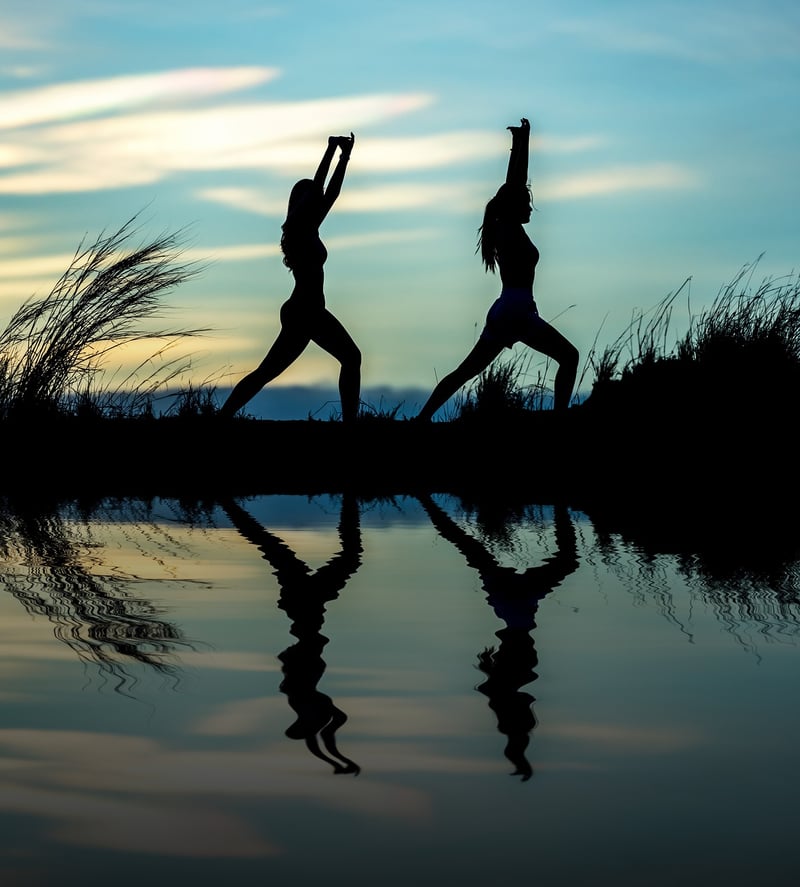Passive
Unlock Your Flexibility Potential with Passive Stretching

Flexibility is a crucial component of overall fitness, enabling you to move freely and comfortably in various activities. If you're looking to enhance your flexibility and increase your range of motion, passive stretching can be a game-changer.
What is Passive Stretching?
Passive stretching is a form of stretching where you remain relaxed while an external force, such as a partner, a stretching device, or gravity, helps you achieve a deeper stretch. Unlike active stretching where you use your muscles to hold the stretch, passive stretching allows you to relax and let the external force do the work.
Benefits of Passive Stretching
- Improves flexibility by lengthening muscles and increasing joint range of motion.
- Reduces muscle tension and stiffness, promoting better posture and alignment.
- Enhances relaxation and can help in stress reduction.
- Can be beneficial for recovery after intense workouts or injury rehabilitation.
How to Perform Passive Stretching
- Start in a comfortable position and identify the muscle group you want to stretch.
- Gently apply the external force to move the muscle into a stretched position.
- Hold the stretch for 15-30 seconds, breathing deeply and relaxing into the stretch.
- Avoid bouncing or jerking movements, which can cause injury.
- Repeat the stretch 2-4 times, gradually increasing the intensity if comfortable.
Examples of Passive Stretches
Some common passive stretches include:
- Hamstring stretch with a strap
- Shoulder stretch with a partner
- Quadriceps stretch using a wall for support
- Upper back stretch over a foam roller
Remember to listen to your body and never force a stretch beyond your comfort level. Consistency is key to seeing improvements in flexibility over time.
Include passive stretching in your fitness routine to unlock your body's full potential and move with ease in your daily activities.
Consult with a fitness professional or physical therapist to ensure passive stretching is safe and beneficial for your individual needs and goals.
Start your journey to improved flexibility and range of motion today with the power of passive stretching!
